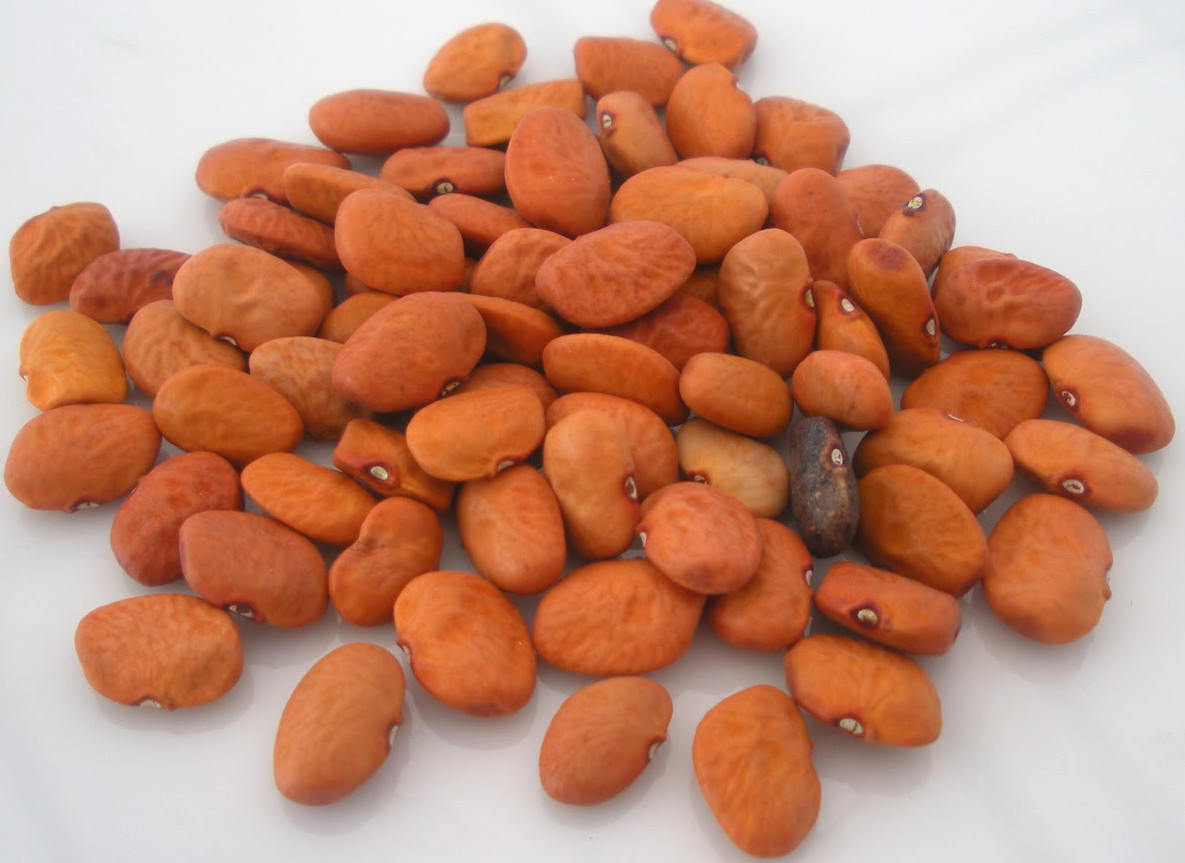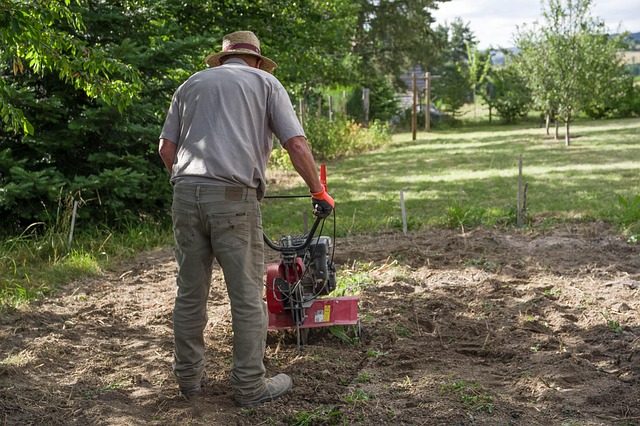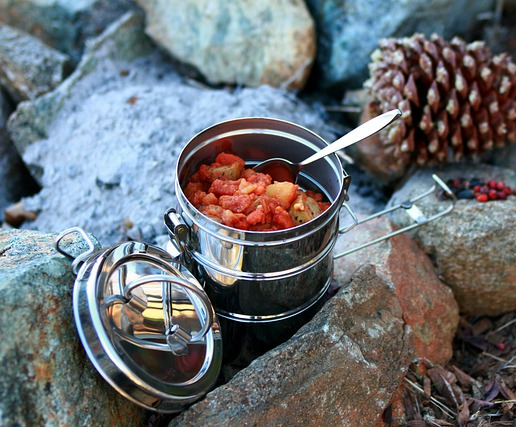Phaseolus acutifolius
Tepary beans are a semi bush legume that has a long history in the southwestern United States. Native peoples have grown these beans since the pre-Columbian times. Tepary beans are more drought-tolerant than the common garden bean and resistant to many bean diseases. In our high mountain desert, this bean rocks!
The bean pots are small with flat, lentil looking beans inside. A culinary treat and packed with flavor, tepary beans are much higher in nutrition than pintos or blacks.
Suggested Planting Requirements:Most beans like a well-drained soil rich in organic matter and a moderate amount of nutrients. The tepary bean, on the other hand, can thrive in less than ideal locations and are very drought tolerant. Germination requires moist soil, but plants will flourish in dry conditions once established. Too much water inhibits bean production and can lead to disease. Historically they were cultivated by various methods, most commonly after an infrequent rain in the desert or after floodwaters along a river or ephemeral stream had subsided. Despite the warning against transplanting your beans, this bean can be started in the greenhouse and planted out, allowing for perfect spacing when space is limited. Depending on your preference you may start indoors for short-season growing, or seed directly once soils have reached at least 48F, after the last frost. Planting too soon in cold soil and your seeds will likely rot. Soak beans for 24 hours before planting for expedited germination.
Growing Recommendations: Avoid overhead watering to prevent diseases. Space the plants 6- 8″ to provide ample airflow and prevent fungal issues. Tepary beans are semi-bush and can climb if you give a structure to grab onto.
Harvesting & Storage:Let beans pods form until beans are hard inside the pot. You can let the plant die back and then pull the whole plant (pods and all) to harvest the beans. You can remove beans by hand or dance on the plant in a tarp to release the beans. Beans can be cooked like any dry bean.
| Soil Temperature: | 60-85°F |
| Planting Depth: | 1/2″ |
| Days to Germination: | 5-10 + |
| Days to Maturity: | 120+ |
| Height at Maturity: | 2’-3’ |
| Lighting Requirements: | Full Sun |
| Spacing: | 7-10″ |
40 seeds will Sow an approximately 33′ foot row.
Tepary beans(Phaseolus acutifolius) grow well here in SanPete County! Linda and John Mount of Manti have found that the production output of the white beans is greater than the brown, black, or blue tepary beans from multiple harvests here. A short season crop, Linda suggests putting them in when you pull your peas or radishes to save space.
A semi-bush bean originating in the desert areas of Mexico and the American Southwest, they grow best in extreme heat and under arid conditions. Wild Tepary beans are vining plants that can reach up to 10 feet in length, allowing them to climb desert shrubs. The taproot is twice as long as common beans’ (Phaseolus vulgaris), which allows teparies to take advantage of even small amounts of soil moisture efficiently.
Nutritionally, tiny tepary beans (1/4” long, the size of large lentils) are higher in protein, iron, calcium, and soluble fiber than most beans. In fact, indigenous people of the American Southwest became so used to this diet, that when settlers arrived and a new diet was introduced, the people became the victims of one of the highest rates of type II diabetes in the world. Their nutritional benefits, sweet, nutty flavor, smooth taste, and relatively quick cooking time make teparies well worth growing, especially here, where we are subject to drought.
Jay Bost, in the June 2006 Seeds of Change newsletter, wrote a fascinating article about tepary beans.
“Part of the tepary bean’s appeal, in addition to its drought tolerance, is its superior nutritional content. It has a higher protein content (23–30%) than common beans such as pinto, kidney, and navy, as well as higher levels of oil, calcium, iron, magnesium, zinc, phosphorus, and potassium. While higher in all of these desired nutrients, tepary beans are lower in polyunsaturated fat and in the anti-enzymatic compounds, which make common beans hard to digest (Hamama and Bhardwaj 2002). Tepary beans are proving to be an ideal food for people prone to diabetes or suffering from diabetes because of the beans’ high fiber level. This makes them a “slow-release food”; that is, tepary beans’ sugars are released slowly and steadily, rather than in a spike as in many high carbohydrate, low fiber foods common in our diets.”
“Due to its native habitat in the Sonoran Desert, domesticated tepary beans … are considered by many to be the most drought-tolerant annual legume in the world. They are capable of producing a harvest of beans with a single rain in the harshest conditions; when irrigated, they produce higher yields only up to a certain point, after which excess moisture becomes a detriment and leads to overproduction of foliage and low bean production. In fact, it appears that moisture stress is necessary to trigger fruiting. Part of the tepary bean’s secret to success in dry areas is to grow quickly when water is available. While pinto beans take 90 to 120 days to maturity, teparies take only 75 to 85. As water shortages become a reality in many parts of the U.S. and around the world, teparies will undoubtedly play an important role in dryland agriculture. In fact, tepary cultivation is now taking place in dry areas of Africa and is being revived in southern Arizona.”
The Ark of Taste is a list of endangered food plants and animals that the Slow Food Foundation for Biodiversity seeks to protect and defend. Tepary Beans are now on the Ark of Taste.



